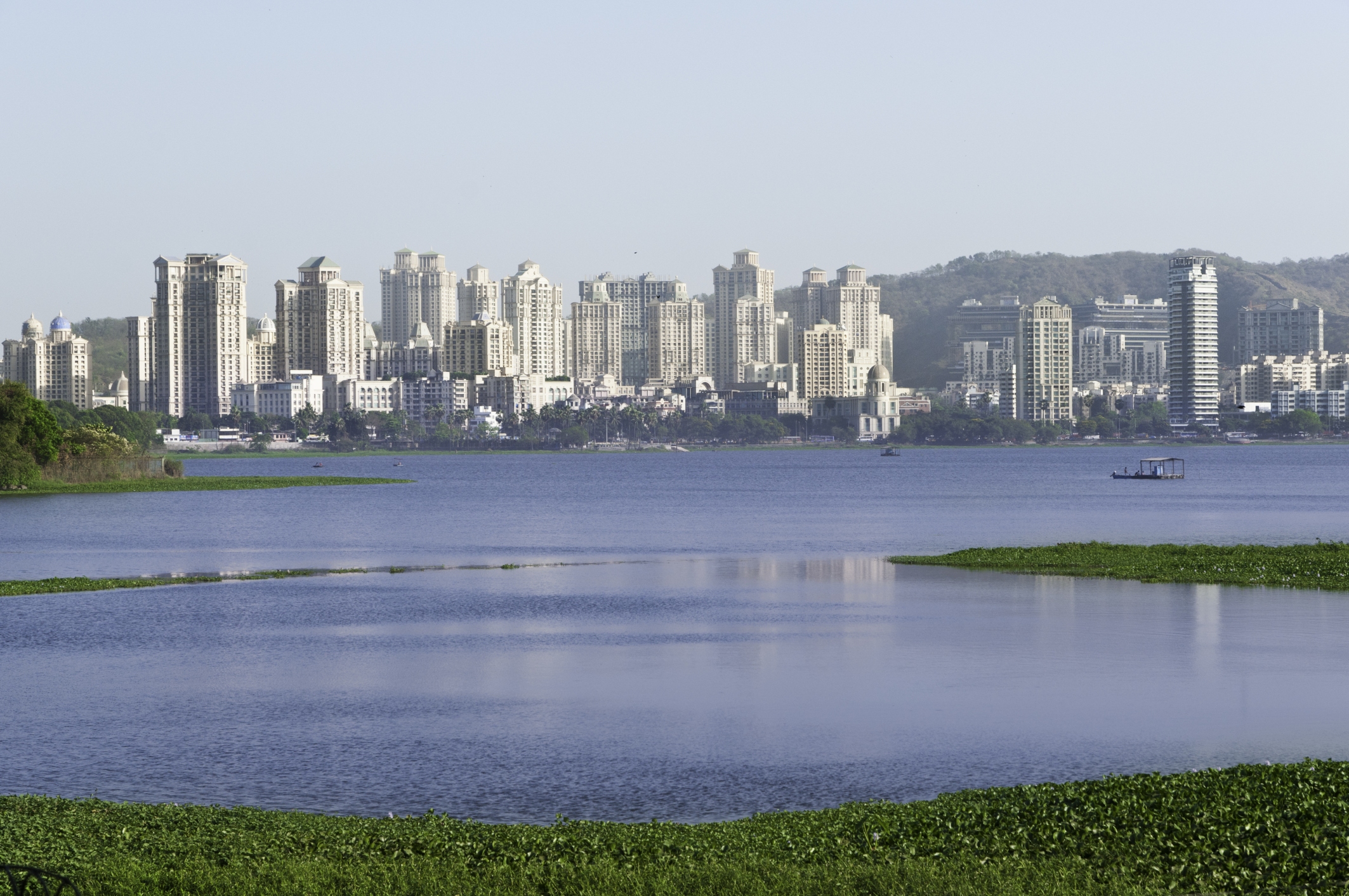India’s second wave of Covid-19 infections has likely peaked, unleashing a devastating human cost. A more virulent strain of the virus and stretched hospital capacity have resulted in a rise in fatalities. The hit to mobility due to the rolling state-wide lockdowns has been steep, and the economic impact is likely to be most severe in May. However, we expect the overall hit to sequential growth in Q2 (April-June) to be much less severe than last year and less than what the drop in mobility suggests, with more nuanced lockdowns and adaptable businesses.
During the first wave, lockdowns were focused on both goods and services, with manufacturing limited to production of essentials. Additionally, intrastate and inter-city transport was restricted. This time, the lockdowns are primarily focused on services.
To estimate the likely economic hit from the ongoing lockdowns in India, we looked at ultra high-frequency data, compared these to the first wave, and observed evidence from other countries on the economic effects of their second waves.
Mobility and passenger traffic have dropped in response to restrictions and cautious consumer behavior. While the labor force participation rate has been stable, the unemployment rate has risen, but the increase in the latter has been less than that in the first wave.
Even as mobility data have plunged, international evidence suggests the relationship between mobility and GDP growth has weakened over the course of 2020, due to more nuanced lockdowns, greater adaptability of businesses and consumers as well as the support from stronger global growth. Our cross-country analysis corroborates how the correlation between a drop in mobility and sequential momentum in GDP growth has been much less pronounced in the second wave, when compared to the first wave.
As the pace of vaccinations is likely to accelerate after June, we expect half of the population to be fully inoculated by the end of 2021 and India to reach its vaccine pivot point in Q3, which should boost domestic consumption.
The second wave has interrupted a strong year of growth for India’s economy. There was the pending normalization of the economy prior to the second wave, with the services sector still around 20 percentage points below pre-pandemic levels in March. However, if the pace of vaccination picks up by Q3, the economy should benefit from the dual tailwinds of renewed normalization and the release of pent-up demand from the current phase of lockdowns. Strong global growth and easy financial conditions are also likely to support the ongoing business cycle recovery.
For a deep dive into the pandemic’s impact on India, read our full report.







